- Have any questions?
- +380 (50) 50 73 903
- uapothecary.pharmacy@gmail.com
Corvalment soft capsules of 100 mg, 80 pcs
$16.49
The drug has a calming effect on the central nervous system, and also has a moderate reflex vasodilator (coronarolytic) effect through reflex irritation of sensitive nerve (“cold”) receptors of the mucous membrane of the oral cavity. receptor stimulation is accompanied by the induction of the release of endorphins, enkephalins, dynorphins and other peptides, histamine, kinins, which play an important role in reducing pain sensitivity, normalizing vascular permeability and regulating other important mechanisms of the functioning of the cardiovascular and nervous systems.
Pharmacological properties
Pharmacodynamics. the drug has a calming effect on the central nervous system, and also has a moderate reflex vasodilator (coronarolytic) effect through reflex irritation of sensitive nerve (“cold”) receptors of the mucous membrane of the oral cavity. receptor stimulation is accompanied by the induction of the release of endorphins, enkephalins, dynorphins and other peptides, histamine, kinins, which play an important role in reducing pain sensitivity, normalizing vascular permeability and regulating other important mechanisms of the functioning of the cardiovascular and nervous systems.
Pharmacokinetics. When used sublingually, Corvalment is absorbed from the mucous membrane of the oral cavity. The therapeutic effect occurs after about 5 minutes. After absorption, it is biotransformed in the liver and excreted in the urine in the form of glucuronides.
Indication
Angina attacks of mild severity, neuroses, hysteria, sea and air sickness, headache associated with the use of nitrates.
Application
The capsule is held under the tongue until it is completely dissolved. to accelerate the effect, you can crush the capsule with your teeth.
Single dose for adults – 1 capsule (100 mg). The maximum daily dose is 6 capsules (600 mg). Duration of treatment – up to 7 days.
Contraindication
Increased sensitivity to the components of the drug. pronounced arterial hypotension, acute myocardial infarction.
Side effects
With long-term use, mild nausea, abdominal discomfort, lacrimation, dizziness, short-term arterial hypotension, drowsiness may occur, which quickly pass on their own.
Possible development of allergic reactions, including angioedema, urticaria, rash, itching. Methylparaben and propylparahydroxybenzoate, which are part of the medicine, can cause allergic reactions (perhaps delayed).
Special instructions
In cases where the pain in the heart area does not go away after using the drug, it is necessary to consult a doctor to rule out acute coronary syndrome.
The drug does not contain sugar and can be used by patients with diabetes.
Use during pregnancy and breastfeeding. Use of the drug during pregnancy or breastfeeding is possible if, in the opinion of the doctor, the expected benefit exceeds the possible risk for the fetus / child.
Children. There is no experience of using the drug in pediatric patients.
The ability to influence the speed of reaction when driving a motor vehicle or working with other mechanisms. Caution is necessary in the first hours after taking the drug when driving a vehicle or doing work that requires increased attention, due to possible side effects (dizziness and drowsiness).
Interactions
Corvalment enhances the sedative effect of psychotropic drugs, opioid analgesics, alcohol and anesthetic agents when they are used simultaneously.
It is possible to potentiate the effect of antihypertensive drugs when they are used simultaneously with the drug Corvalment.
Corvalment reduces the severity of headache caused by the use of nitrates.
Overdose
Symptoms: headache, nausea, agitation, heart failure, lowering blood pressure, depression of the central nervous system, hypersensitivity reactions to the components of the drug (angioedema, urticaria, itching, rashes).
Treatment: discontinuation of the drug, symptomatic therapy.
Storage conditions
In the original packaging at a temperature not higher than 25 °C.

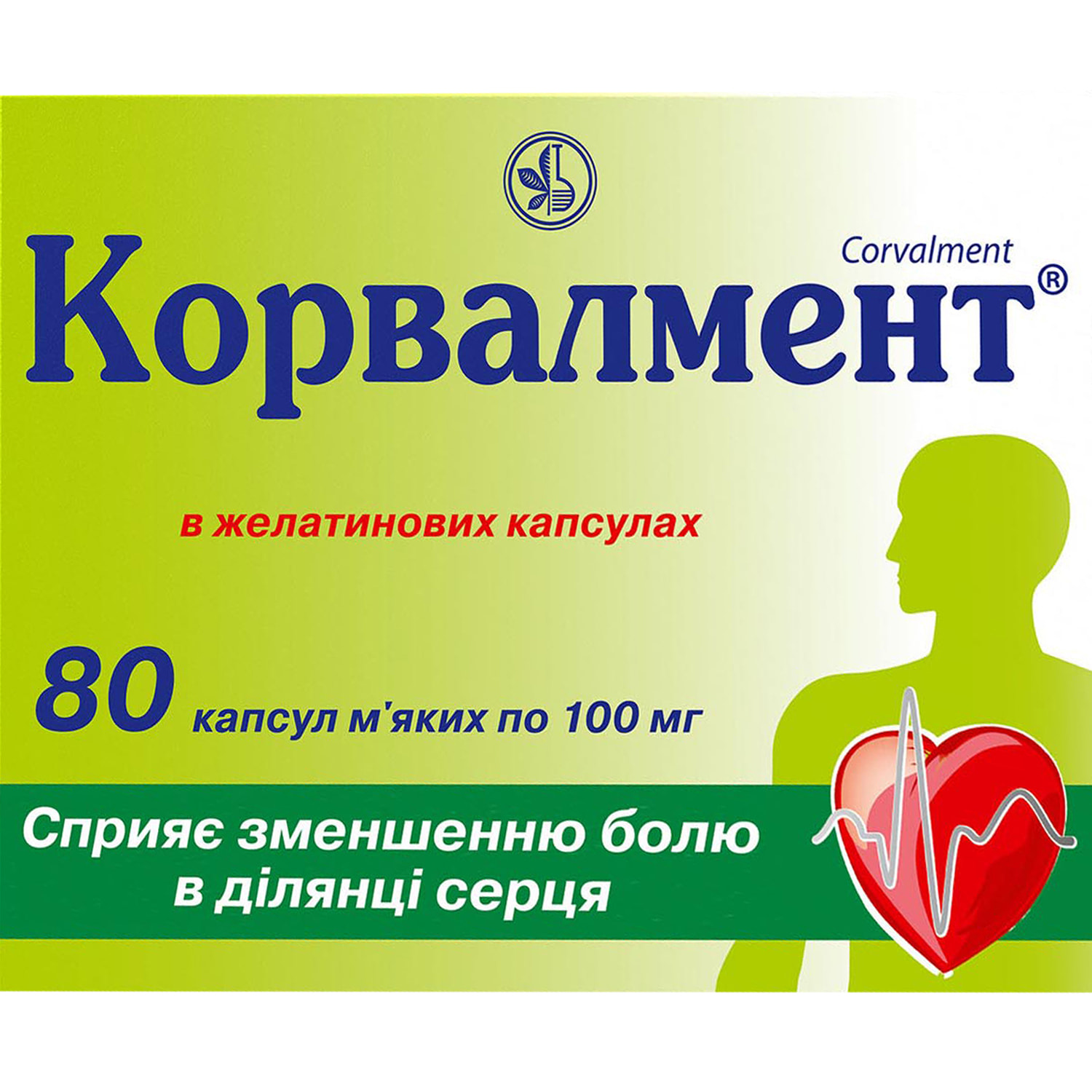
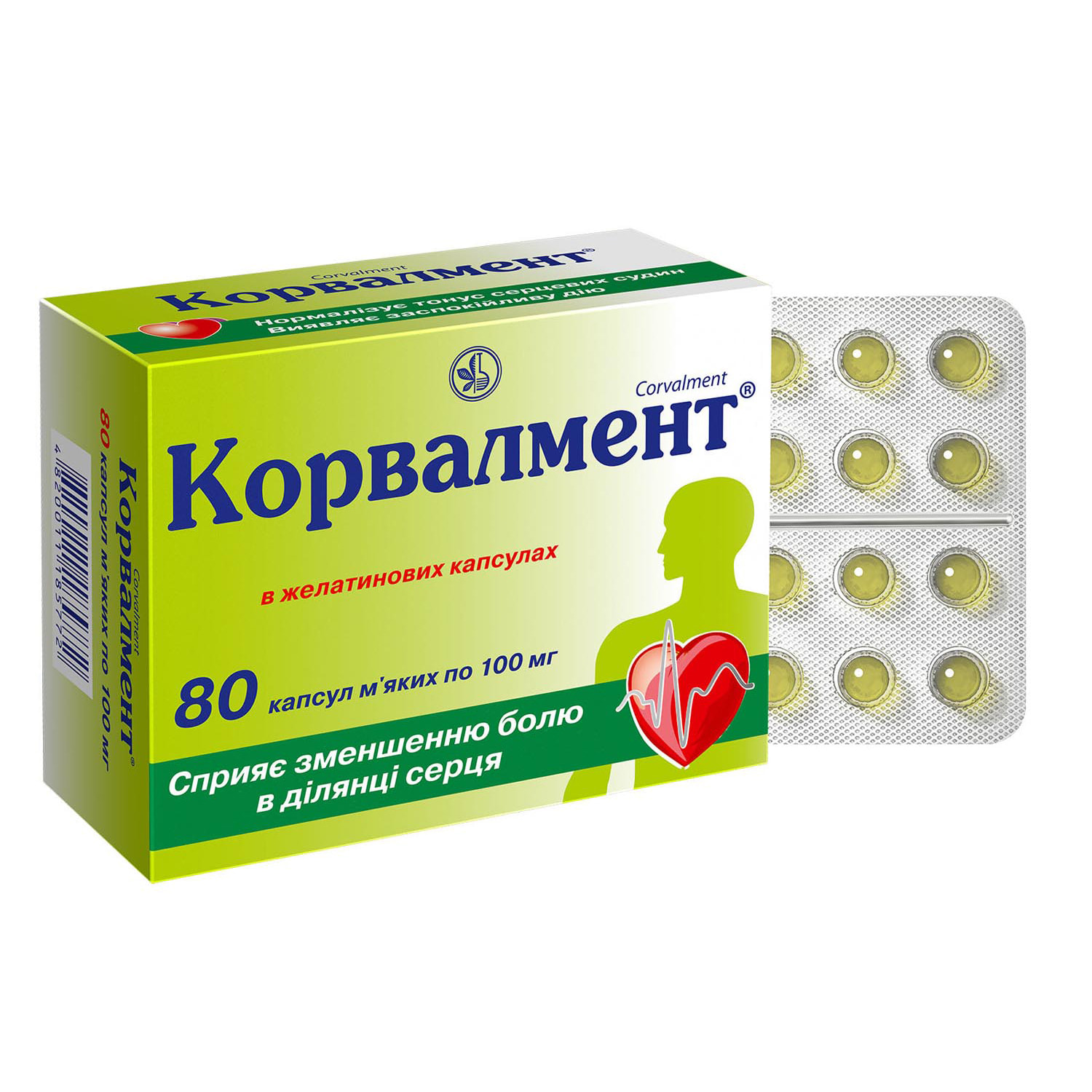
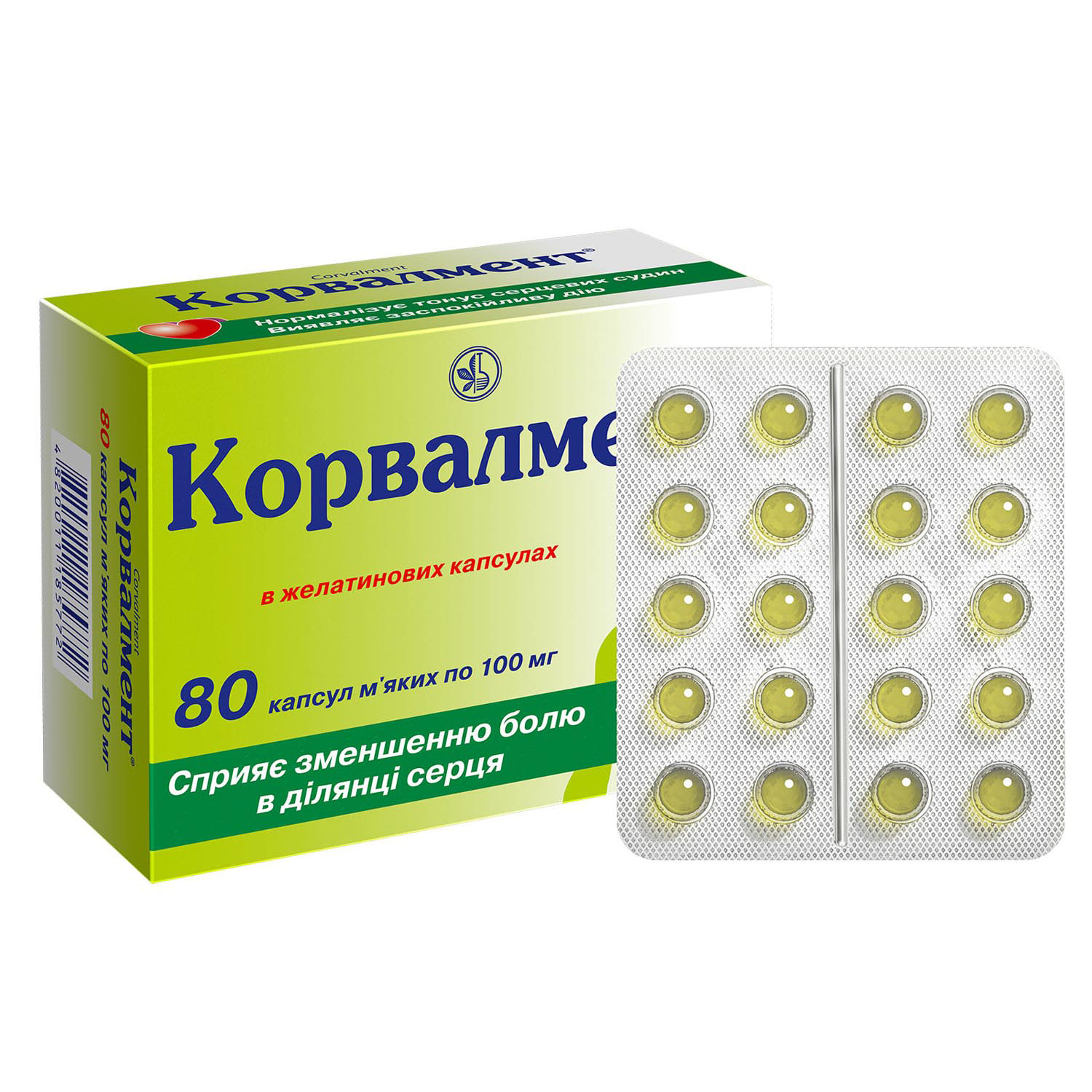
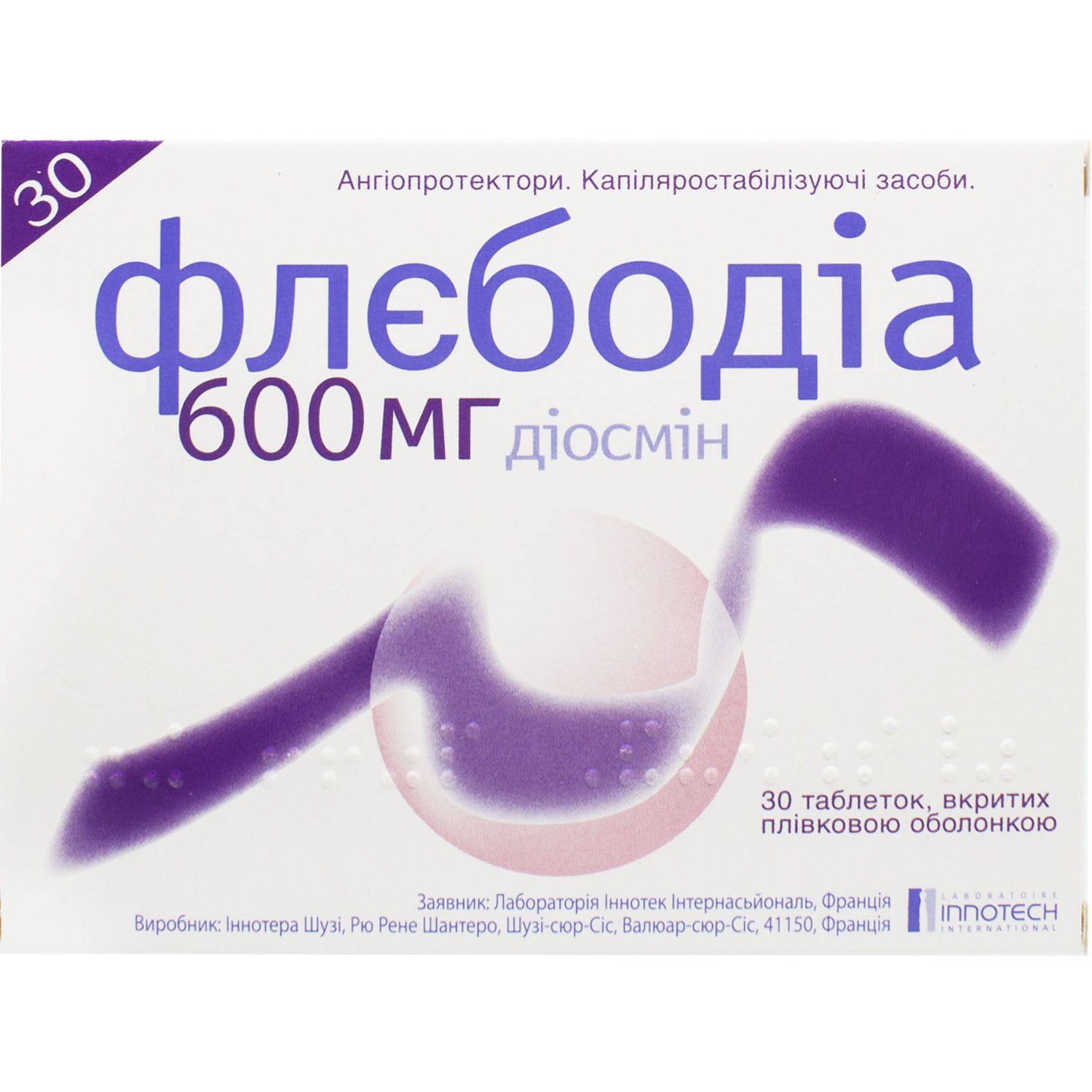
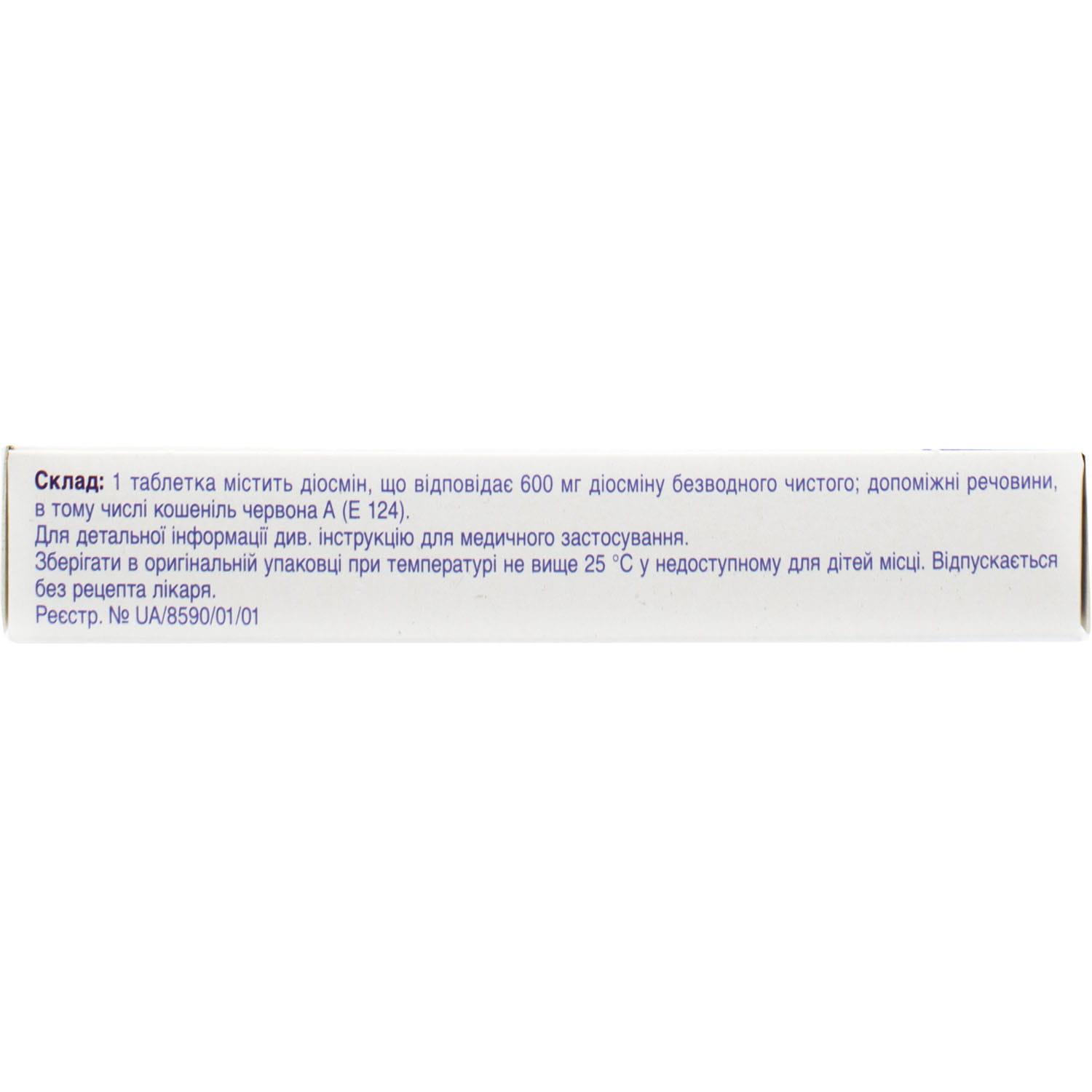
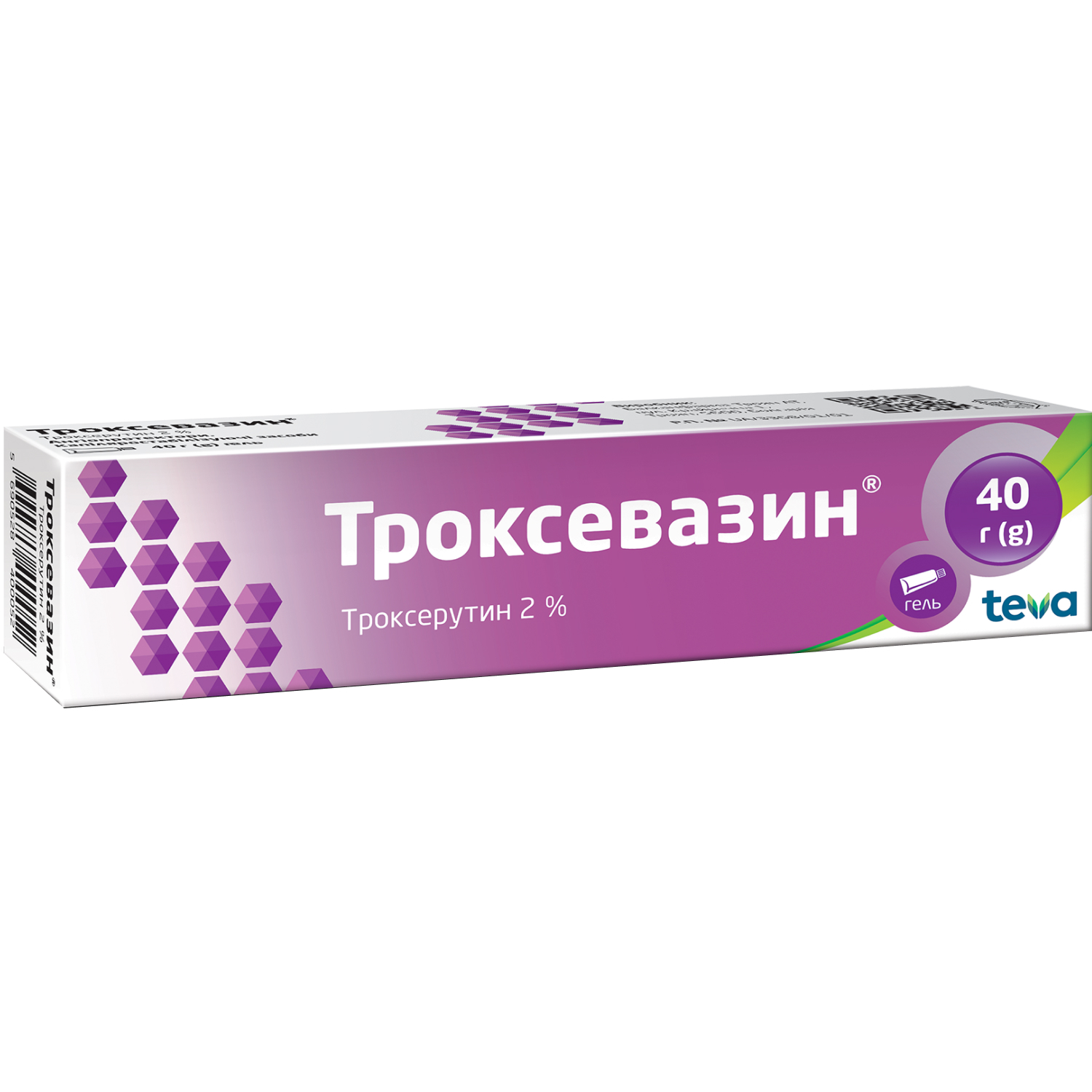

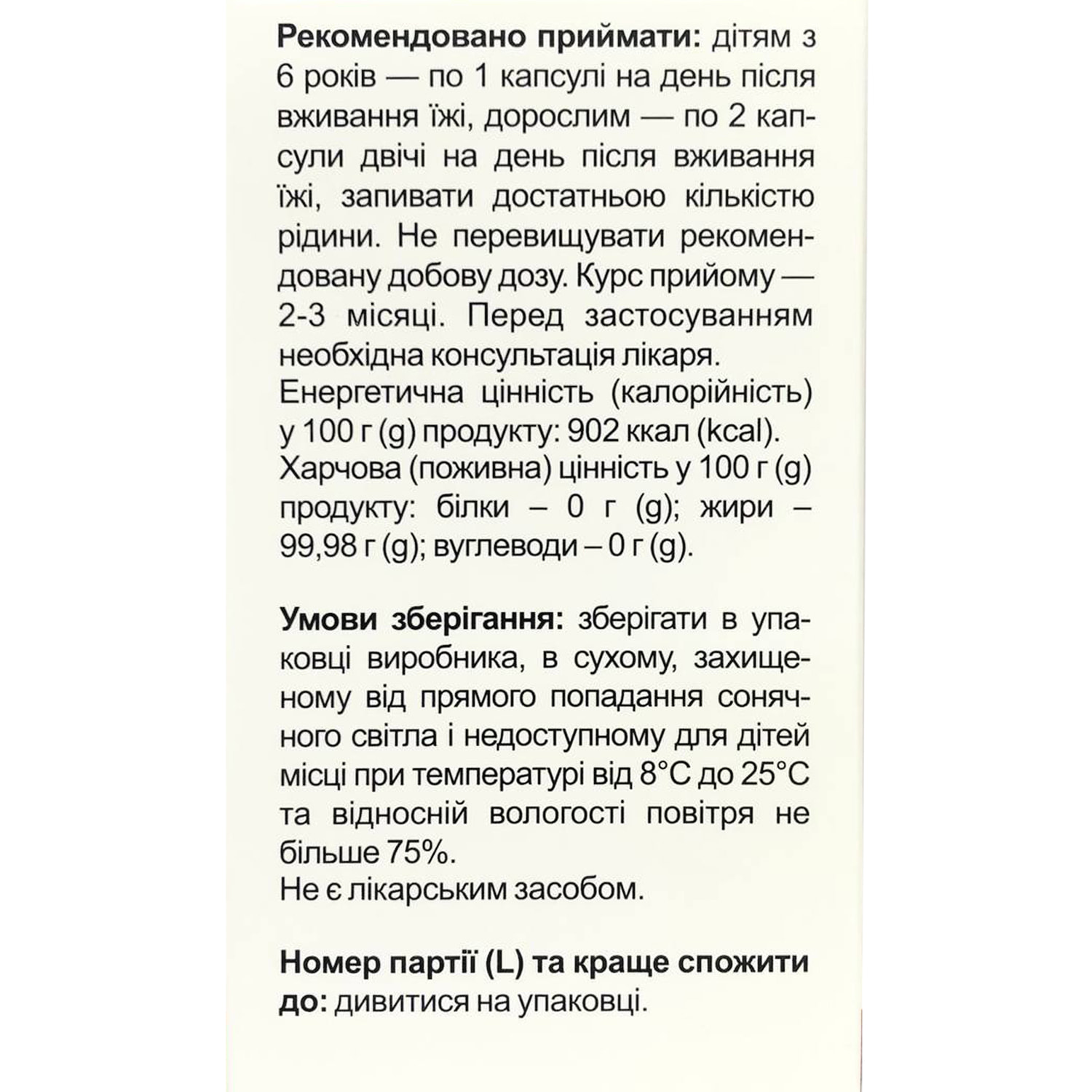
Reviews
There are no reviews yet.